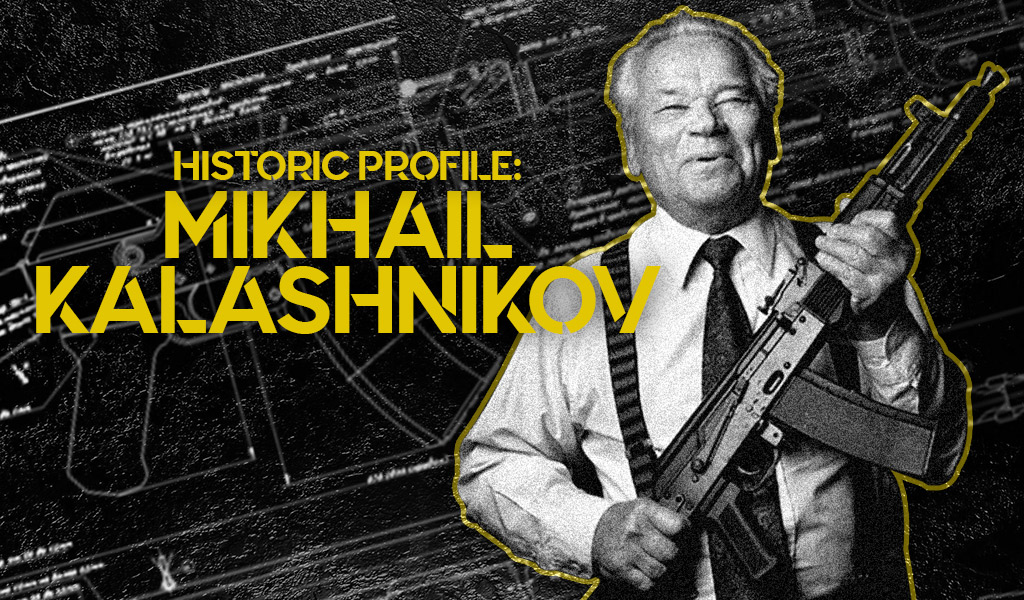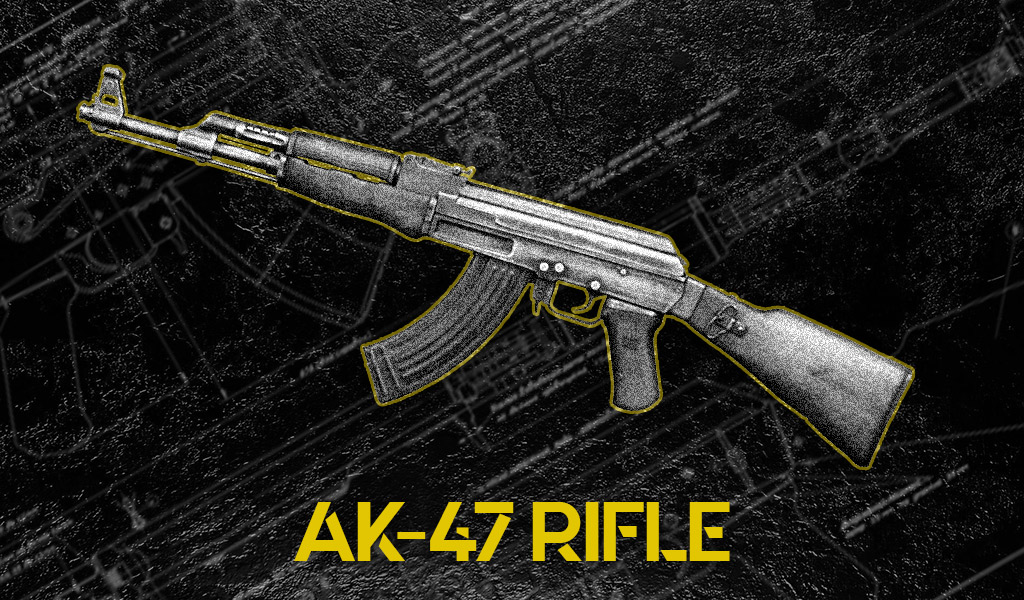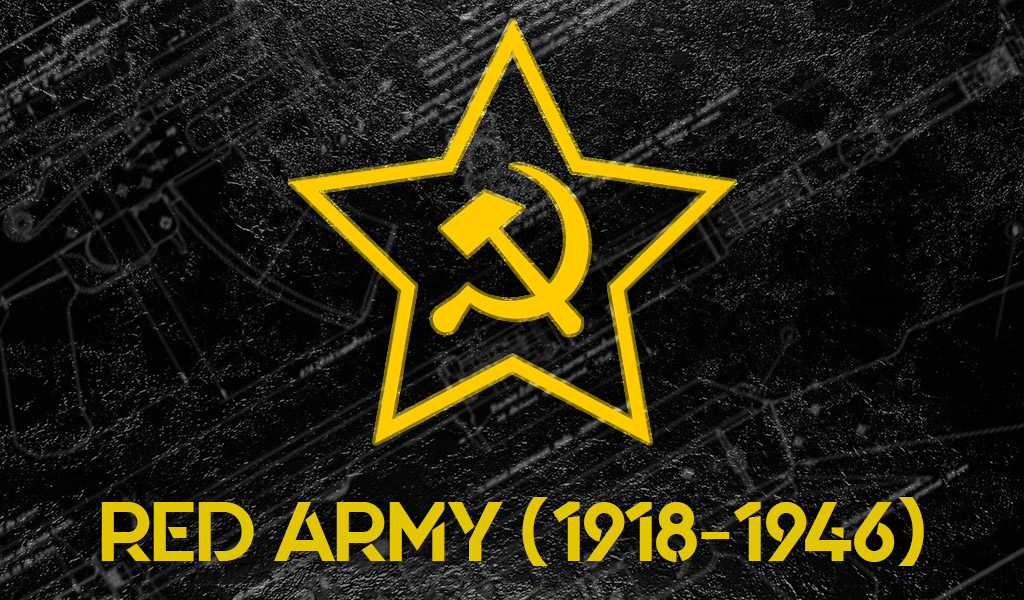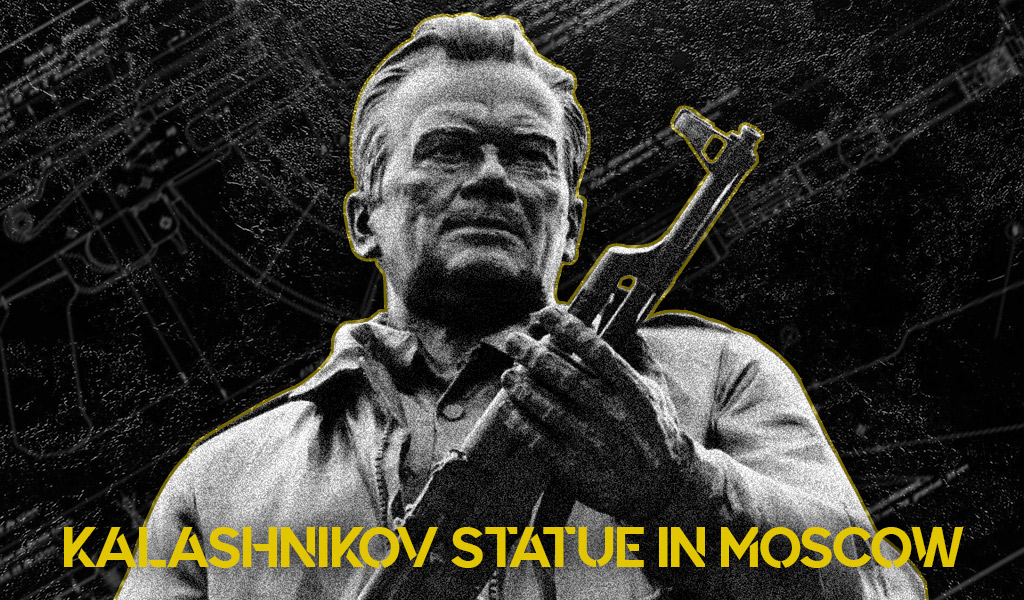

If someone asked you to name the deadliest weapon of the 20th century, you, like many others, would probably mention the nuclear bomb. After all, it reportedly killed up to 200,000 people. Dedonating when the United States dropped one of these on the Japanese cities of Hiroshima and Nagasaki in 1945. Essentially bringing an end to World War II in the Pacific theater.
“I sleep well. It’s the politicians who are to blame for failing to come to an agreement and resorting to violence.” – Mikhail Kalashnikov
But while the atomic bomb had the potential to kill millions, the weapon that actually killed millions is the Avtomat (Automatic) Kalashnikov Model 1947. More commonly known as the AK-47, it became the most popular firearm globally. Used by almost everyone, including communist guerrillas, terrorists, soldiers, and firearms enthusiasts.
Kalashnikov’s Creations
And credit for the invention of the AK-47 assault rifle goes to one man: Mikhail Kalashnikov. Kalashnikov, a self-described “tinkerer,” originally came up with the AK-47 concept as he was lying in a hospital bed.
The idea came in 1942, while he was recovering from wounds sustained in a World War II battle. As the story goes, he heard other soldiers complaining about the unreliability of the current Soviet rifles. So he decided to develop a design that would eliminate these shortcomings.
After receiving his discharge from the Soviet army, Kalashnikov began working on his invention. By 1947, he had completed the process. Two years later, the AK-47 had become the standard-issue assault rifle of the Soviet army. Today, there are somewhere around 100 million AK-47s in circulation.
So, who was the man responsible for the success of this superior weapon being used for both good and evil? You might be surprised!
Peasant Beginnings
Mikhail Kalashnikov was born in the village of Kurya in 1919, the seventeenth of 19 children. Although his parents were peasants, the Soviet regime deemed them “lavish peasants.” As punishment for their wealth, the family was split up. Young Kalashnikov was deported to the Tomsk region with his father.
After the deportation, the Kalashnikovs were forced to combine hunting with their farming. This change allowed Mikhail to use his father’s rifle as a boy. Kalashnikov would continue hunting until just before his death in 2013 at the age of 94.
Mikhail suffered from various illnesses as a youth and nearly died when he was six years old. Although he loved all types of machinery, he also wrote poetry and dreamed of becoming a poet someday. During his lifetime, he wrote several books and kept creating poetry until his death.
After completing seventh grade, Mikhail left his family and returned to his hometown of Kurya. He was originally hired as a mechanic at a tractor station. Later he was assigned to work at a weapons design bureau as a tester of fitted rifle stocks.
Mikhail Kalashnikov In The Red Army
Kalashnikov was conscripted into the Soviet army in 1938. He served initially as a tank mechanic but eventually moving up to tank commander. During the Battle of Bryansk in October 1941, German forces managed to encircle three Red Army units. During the battle, Kalashnikov avoided a fiery death when his comrades pulled him from his burning tank. Badly wounded, he spent many months recovering.
As Kalashnikov was recuperating in the hospital, a soldier in the next bed reportedly asked him: “Why do our soldiers have only one rifle for two or three of our men when the Germans have automatics?” During the next year of recovery, Kalashnikov considered that question and thought about all the other complaints about Soviet rifles.
By the time the war ended, Kalashnikov, having witnessed the combat advantage Germany had with their superior Sturmgewehr 44 rifle, vowed to develop a better weapon. While still in the army, he came up with several interesting designs. He lost out to other designers at first but ultimately won by producing the first AK-47.
The AK-47’s popularity soars quickly
Not only did the AK-47 become the assault rifle of the Red Army, but other nations in the Warsaw Pact quickly adopted it too. The popular rifle soon spread throughout the world. Becoming the symbol of “freedom fighters” in distant countries such as Viet Nam and Afghanistan. All told, the AK-47 is the standard infantry rifle for 106 countries!
Four countries–East Timor, Mozambique, Zimbabwe, and Burkina Faso—even depict Kalashnikov’s invention on their flag or coat of arms.
Kalashnikov’s Rifle Advantages Over Similar Firearms
In his later years, Kalashnikov bragged about his rifle’s superiority to the American M-16. In an interview in 2007, he remarked: “During the Vietnam War, American soldiers would throw away their M-16s to grab AK-47s and bullets for it from dead Vietnamese soldiers. And I hear American soldiers in Iraq use it quite often.”
The true “superiority” of Kalashnikov’s invention was its simplicity and dependability. The gas-powered 7.62x39mm rifle operated flawlessly in all kinds of environments, including jungles, deserts, and swamplands. It was easy to use, seldom jammed, and could shooters could maintain it with little effort. The weapon is inexpensive to produce, light to carry, and has little recoil. AK-47s have a service life of 20 to 40 years and are easily repurposed and relocated.
The Soviet Union began exporting Kalashnikov’s creation in great numbers. They made so much money that the inventor received special treatment, awards, and promotions (Het! But no money!) during his lifetime.
The Legacy Of Mikhail Kalashnikov
The Soviet Union awarded Mikhail Kalashnikov the Stalin Prize, the Red Star, and the Order of Lenin. And in 2007, President Putin called Kalashnikov’s rifle “a symbol of the creative genius of our people.”
However, that creative genius resulted in a weapon that proved to be well-suited for many things. Including terrorism and crime, in addition to acts of war. For example, the Palestinian terrorist group that took members of the Israeli Olympic team in 1972 was armed with AK-47s, as were mass shooters in Stockton, California, and Dallas.
Throughout his life, Kalashnikov had rejected attempts to burden him with guilt. The media blamed him for the massive killings and injuries inflicted with his creation. However, he insisted that he developed it for defensive purposes only. When a reporter asked him how he could sleep at night, Kalashnikov replied, “I sleep well. It is the politicians who are to blame for failing to come to an agreement and resorting to violence.”
A Man Of Faith
But in the final year of his life, Kalashnikov experienced a change of heart. He wrote a letter to the head of the Russian Orthodox Church expressing regret. “The pain in my soul is unbearable,” he wrote. “I keep asking myself the same unsolvable question: If my assault rifle took people’s lives, that means that I am responsible for their deaths.”
It’s a never-ending debate in the media as to whether guns or people are responsible for the violence. Millions of responsible gun owners know the truth. The media can’t, or won’t acknowledge it. Mikhail Kalashnikov died in 2013 of a hemorrhage, still questioning his invention and unable to settle the debate.





